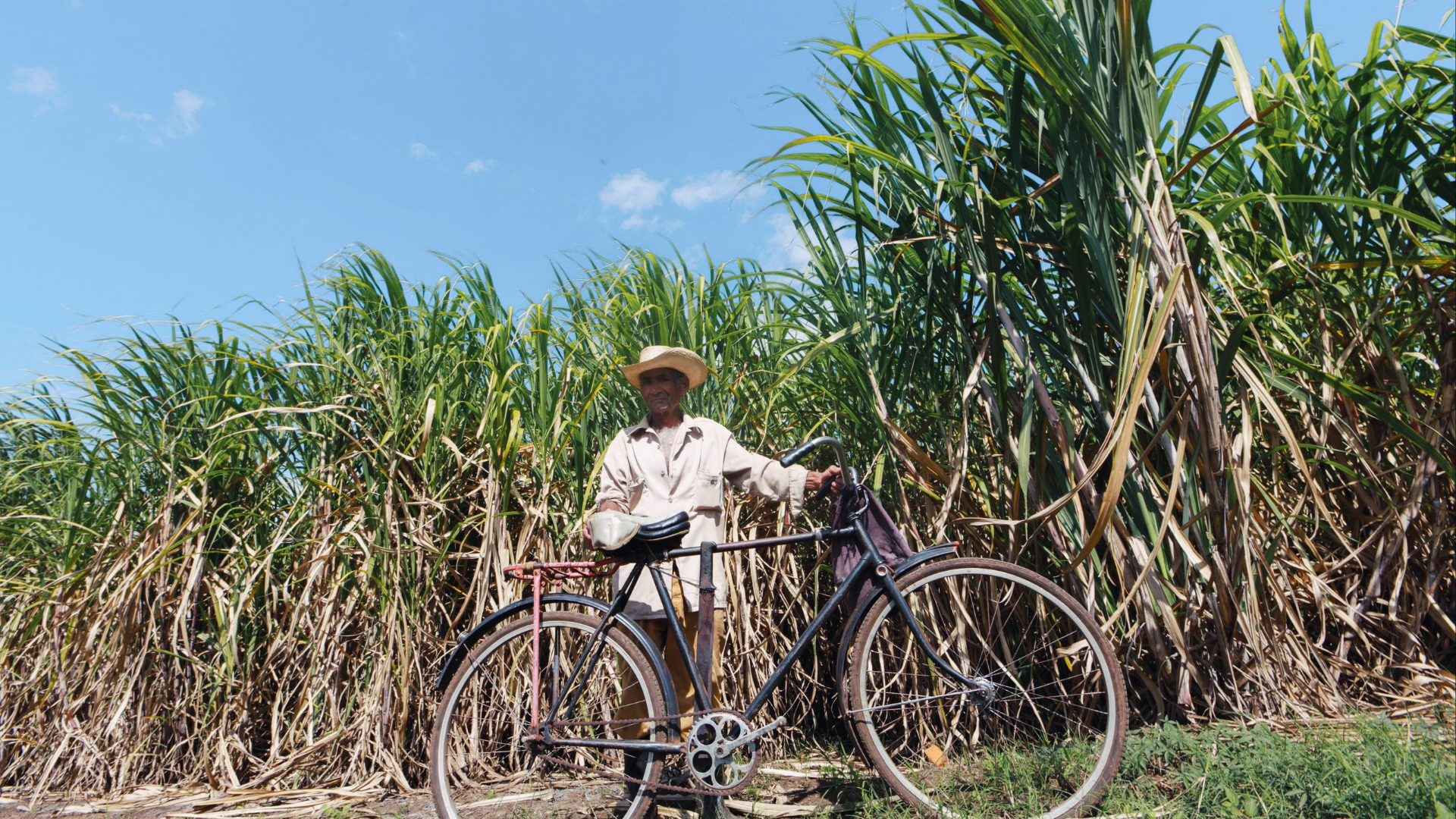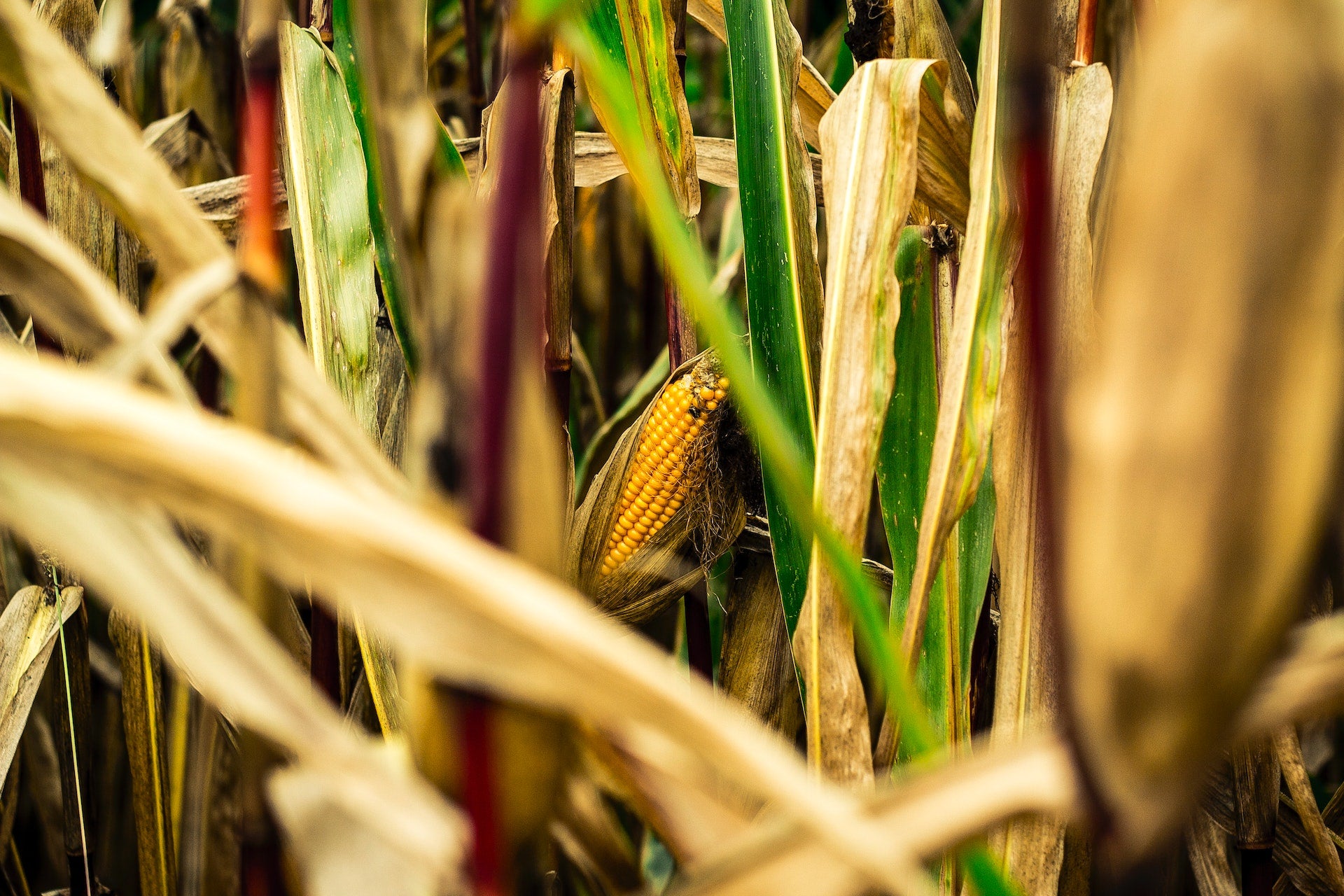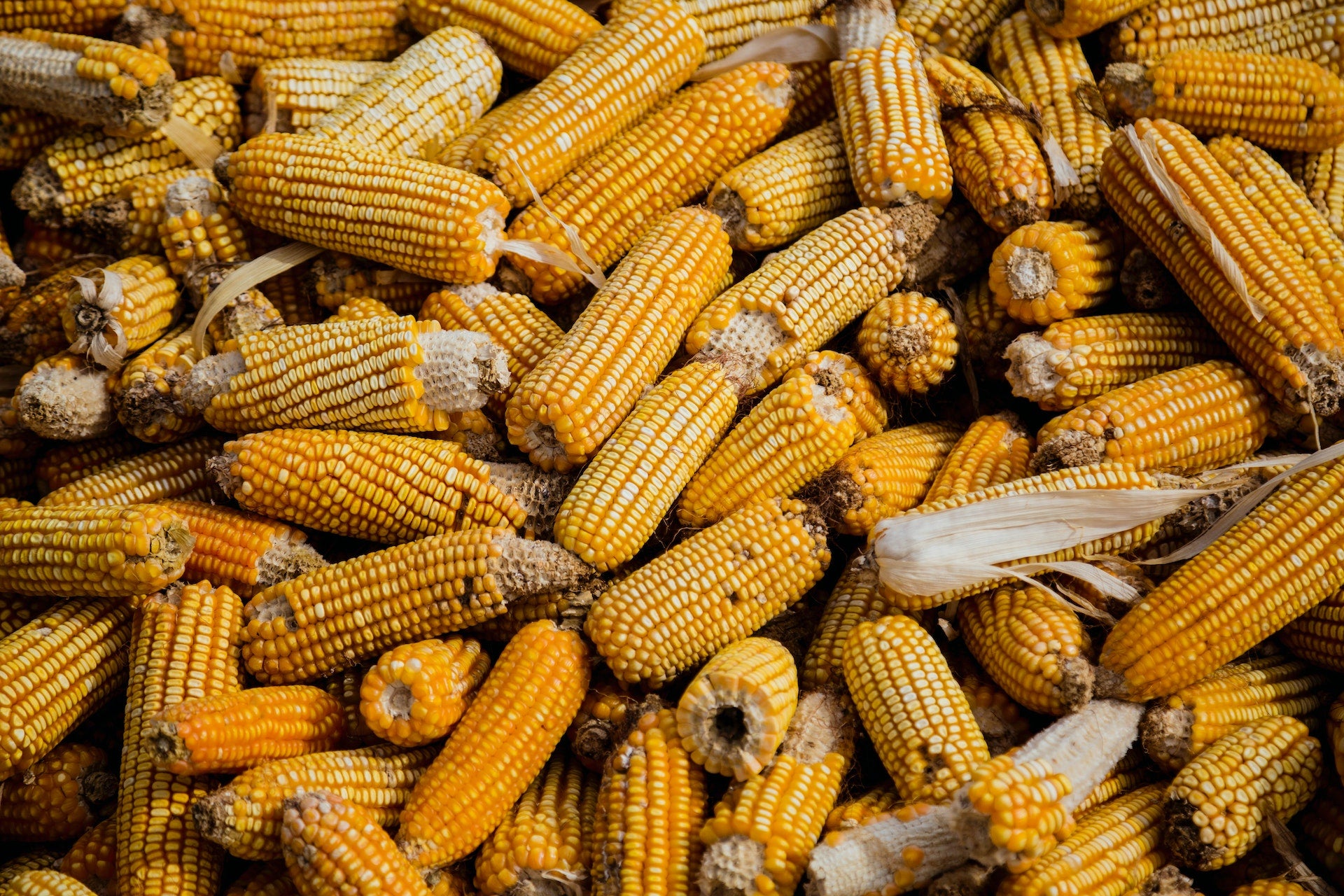Sugarcane is processed in a number of ways to create various things - first and foremost, sugar, but sugarcane is also pressed into liquid, creating a fibrous byproduct that can be moulded into something else. This is how our Sugarcane Range is made. Bagasse is the dry, pulpy residue left after the extraction of juice from sugarcane stalks. The process of making sugarcane plates is eco-friendly, has minimal environmental impact and typically involves the following steps:
Step 1: Sugarcane Processing
Sugarcane stalks are crushed in mills to extract the juice for sugar production. The remaining fibrous material, called bagasse, is collected for further processing.
Step 2: Washing and Cleaning
The bagasse is thoroughly washed and cleaned to remove impurities, such as dirt, dust, or any remaining sugarcane juice.
Step 3: Pulp Preparation
The cleaned bagasse is mixed with water to create a pulp. This pulp may be further refined by screening and cleaning to ensure a uniform consistency and to remove any remaining impurities.
Step 4: Forming
The bagasse pulp is fed into a forming machine, which uses molds in the desired plate shapes and sizes. The forming process usually involves a vacuum suction technique that removes excess water and helps the pulp take the shape of the mold.
Step 5: Pressing
The formed plates are then pressed between heated platens or rollers to remove any remaining water, consolidate the fibers, and create a smooth surface. The pressing process also helps strengthen the plate structure.
Step 6: Drying
The pressed sugarcane plates are dried, either in a heated drying chamber or by using hot air. This step ensures that the plates have a low moisture content, which is necessary for their stability and shelf life.
Step 7: Trimming and Quality Inspection
After drying, the sugarcane plates may require trimming to remove any rough edges or excess material. The plates are then inspected for quality, such as checking for defects, cracks, or uneven surfaces.
Step 8: Packaging
The finished sugarcane plates that pass the quality inspection are packaged, usually in biodegradable or eco-friendly packaging materials, and are ready for distribution and use.
Sugarcane plates are biodegradable, compostable, and generally considered more environmentally friendly than traditional disposable plates made from plastic or paper. They can be used for serving hot or cold foods and can be safely used in microwaves and freezers, making them the perfect choice for your outdoor garden parties and picnics.




